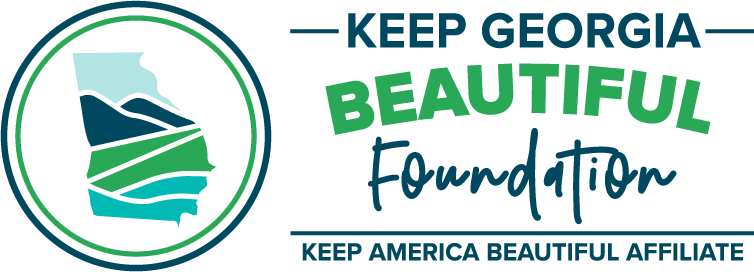How to Transform Your Outdoor Space into Pollinator Paradise
Want to use your extra time at home to help birds, bees, and butterflies thrive? Whether you live in a house or an apartment, we invite you to read our tips below. In no time at all, your yard, window box, patio, or balcony will become an absolute haven for our pollinator friends.
1. Plant local
In Georgia, native flowers like bee balm, lantana, coneflowers, scarlet sage, milkweed, and black-eyed susans will provide butterflies, bees, and even hummingbirds with the nectar and pollen they need to survive. Filling your garden bed or planters with items like these will also make your life easier—since they’re already adapted to our area’s soil and climate, they can flourish with minimal attention.
2. Plant for all seasons
You should avoid having a yard or patio that only blooms one month out of the year. Not only would it bring you less joy, but you’d be supporting fewer species of pollinators. Choose a range of plants that when put together, will keep your yard in color from April through October.
3. Provide a variety of colors and shapes
When it comes to pollinators, color matters. Bees are especially attracted to blue, purple, violet, white, and yellow blossoms. Hummingbirds love a nice red. If you plant species in clumps (four feet wide if you have the space), they’ll be more likely to spot them. Try to provide garden visitors with flowers of different shapes as well—bees especially come in a range of different sizes and tongue lengths, so the more variety you provide, the more lives you’ll save.
4. Keep it messy
We’ve all heard the reminder to keep as many dandelions, thistles, and clovers around as we can. We recommend you heed this advice—small blooms like this play a big role in pollinator health, especially in the spring when less flowers are present overall. If you can, add some dirt into the mix as well. Many species of bees actually live in the ground!
5. Lay off the spray
Along with habitat destruction, pesticides are one of the largest factors in the decline of pollinators. It’s not worth it to have a perfectly green or mosquito-free lawn if you’re killing off beneficial birds and insects!
6. Give them a water break
Just like us, pollinators need water to survive. Without it, they wouldn’t be able to cool off, raise their young, or even create the nectar we all love. You don’t need anything large or fancy to give them a helping hand—try putting out a clay saucer or bowl if you’re limited on space.

